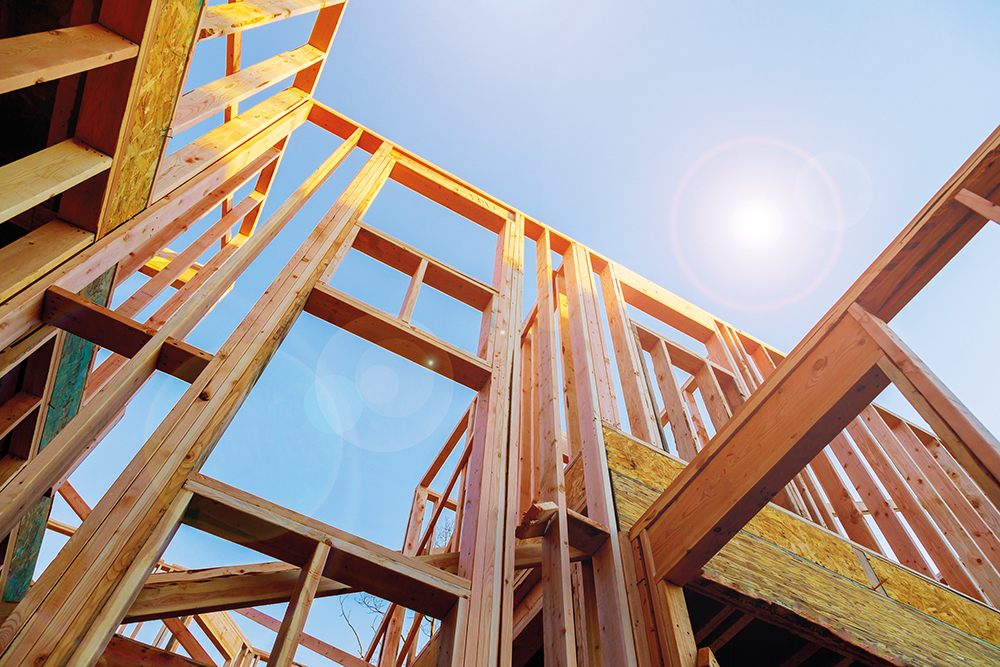
Timber will be important as the construction sector strives to meet zero carbon targets, but how can it address concerns about safety? By Sam Liptrott.
We need more homes and we need homes to be created in a sustainable way, using materials that will safely stand the test of time.
For many, timber is the obvious solution, but it’s come under much scrutiny, albeit for very valid fire safety reasons. Uncertainty, largely due to a ban from central government and local authorities on its use in residential development – has led the insurance sector to largely withdraw its willingness to cover it.
But right now, we are in a difficult position in the UK. Construction is negatively contributing to the climate crisis, accounting for 40% of all global carbon emissions – with UK builders responsible for 25% of the total UK carbon footprint.
“The most meaningful incentives would be the development of knowledge for guidance and a framework for timber to be used safely.”
Current restrictions on timber take-away mean that clients often swap out timber for concrete and steel. These materials perform nowhere near as efficiently as timber, but their perceived reliability means they are widely accepted by approvers and insurers.
But there are downsides: on account of their weight, steel and concrete buildings can’t be built at the same scale as timber developments.
There are, however, determined developers trying to lead on change. They identify that timber is a great, regenerative material that will help the construction sector, not to mention offsite and modern methods of construction, which will help reduce the sector’s carbon footprint.
Creating buildings off site, for example, in precision-manufacturing environments equals less waste and less site traffic – fundamental changes which en masse would decrease the sector’s carbon impact.
The most meaningful incentives would be a significant investment in experiments and the development of knowledge for guidance and a framework for timber to be used safely. If we can substantiate research with scientific support, then we can counter the current arguments.
This could then lead to setting out a path to meeting the building regulations and concerns of the building control and fire services, bringing more interest from developers to use timber.
Sam Liptrott is director and co-founder at OFR Consultants.
Comments
Comments are closed.












This article does not mention anything about safety risks other than environmental risk